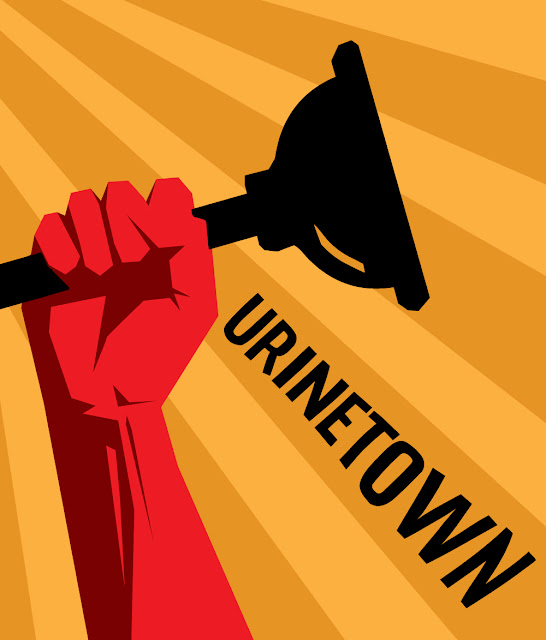Charleston Water and Sewage
- Charleston Water System is the public utility that handles the City of Charleston's water and sewage. Citizens of Charleston are charged a minimum amount for water and sewage monthly that increases by a unit volume charge for consumption over 1496 gallons. Also, included on that bill is a storm water fee that is handled by the City of Charleston Storm Water Utility. This is because Charleston makes a distinction between wastewater and stormwater. Wastewater (referred to as sewage) is what comes from drains and toilets in homes and businesses that gets treated and released back into the water system. Stormwater is rain water that flows in the streets and down into the storm water drains and it empties into the waterway without being treated.
- Water in Charleston comes from the Bushy Park Reservoir and the Edisto River and is treated at Hanahan Water Treatment Plant. The Plum Island Wastewater Treatment Plant cleans wastewater and releases it into the Charleston Harbor.
- Utilities in Charleston are on average around $156, which is more than the State of South Carolina's average utility cost of $148. Both of those are over 20% higher than the U.S. average cost of $114. One reason for high utilities (with prices still rising) in Charleston is the cost of improving infrastructure of the water system in place. Some of the pipes still in use date back to the mid-1800s. Slowly, Charleston Water System has been replacing the old pipes, but it has been a long process. One way that they check for damaged pipes, which is familiar to anyone who's walked down St. Philip street in the past few months, is through smoke testing. Smoke is injected into sewer manholes and observed to see where it escapes in order to locate cracks or breaks. The sewer system was not built to handle rain or ground water, but it still ends up in the system during heavy rains and flooding (which is not uncommon in Charleston).
- Other than an aging system, Charleston water also has had difficulties with high unsafe levels of fecal bacteria in floodwater. During heavy rain periods, the water in the street has been known to contain 24,000 colonies of harmful bacteria. That is 60 times more than what is considered a safe level. This is caused in part by faulty septic systems and pet droppings that get flushed into the streets by rain and flooding. One way of addressing the contaminated water is through improving drainage systems, so that the streets don't flood every time it rains. However, this process is long and costly.
Some information from:
https://smartasset.com/mortgage/what-is-the-cost-of-living-in-south-carolina
http://www.charlestonwater.com/
http://www.postandcourier.com/news/charleston-floodwaters-are-crawling-with-unsafe-levels-of-poop-bacteria/article_9a120c08-5780-11e8-b5eb-4b448c32fc94.html

Comments
Post a Comment